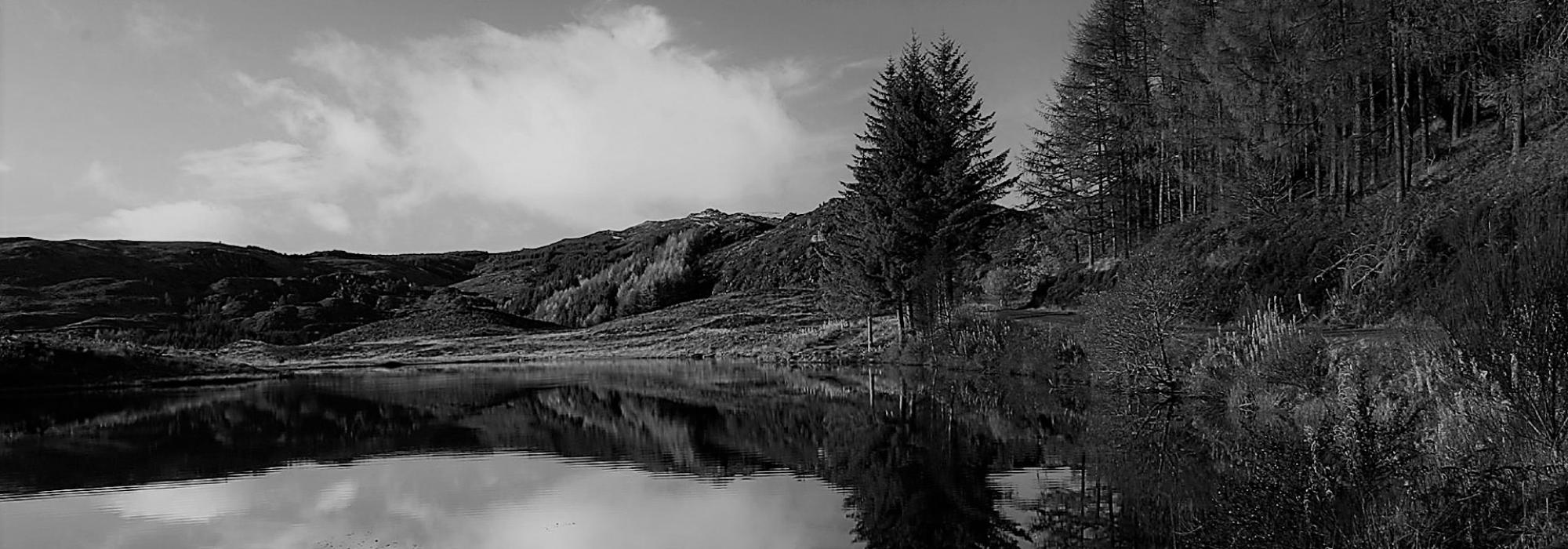The nature of Duryodhana in Ūru-bhaṅga is different from the manner in which he is portrayed in the plays Dūta-vākya and Dūta-ghaṭotkaca. In the segment of the story captured in the Ūru-bhaṅga, we see that Duryodhana has realised his mistake and is at peace. Balarāma appears there when the gadā-yuddha, i.e., fight with mace is about to begin. He looks at Duryodhana and laments, “You have been cheated by Bhīma!” Duryodhana does not agree with his words. He says, “I feel as though Hari entered Bhīma’s mace and brought death upon me.”
Many poets have described the scene in which Duryodhana, the commander of an army consisting of eleven akṣauhiṇīs falls on the battlefield with his thigh broken, with no horses, elephants, chariots, or infantry on his side. They have also depicted the blind couple, Dhṛtarāṣṭra and Gāndhārī rushing to the battlefield to see their eldest son wounded, even when they have lost a hundred other children; the scene in which the old couple talks to their dying son is truly heartwrenching. Bhāsa, with his poetic skill, has pictured the tragic scene in a more gruesome manner. In the play Ūru-bhaṅga, we see Duryodhana’s wives Maulavī and Pauravī as well as his son Durjaya rushing to the battlefield along with Dhṛtarāṣṭra and Gāndhārī. Because of the presence of these additional characters and especially due to the sight of the child, intense karuṇa-rasa gets evoked through the scene; it multiplies a hundredfold. This is the only play in the Sanskrit language which has brought in a child to amplify the karuṇa-rasa. Rohasena, Rohitāśva, Sarvadamana, Lava, and Kuśa are children as well and they come as characters in different plays. Although their sorrow is depicted to some extent, we see them attain peace of mind later on; their momentary pain results in eternal joy. In the current case, though the child is born to a valorous man, he no longer has the pleasure of playing on his father’s lap; the father’s thigh is broken.
Aśvatthāmā appears there, feels sorry looking at Duryodhana, and declares that he will subdue the enemy; but Duryodhana does not agree to this. Therefore, in Bhāsa’s play, he is not responsible for the death of the Upa-pāṇḍavas. Nevertheless, Aśvatthāmā pledges in fury and performs paṭṭābhiṣeka to Durjaya; though it was not a formal ceremony of paṭṭābhiṣeka, it appears as though the words of Aśvatthāmā, a brāhmaṇa, were sufficient to crown him.
Duryodhana prepares himself to ascend to the svarga. Śantanu and other ancestors of the Kurus who had already departed, appear there to escort him; Karṇa, Abhimanyu and the apsarās as well as divine beings such as Gaṅgā and Sāgara join them. Yama sends a vimāna that is pulled by a thousand swans; Duryodhana, who was known for his pride leaves to the svarga in the vimāna.
This concludes the Mahābhārata war. Duryodhana, who was like paścima-kāla-sūrya, i.e., the Sun on the western horizon, sets and the battlefield of Kurukṣetra has a crimson spread – the setting colours of the Sun – the war that raged like fire on the battlefield eventually cooled down.
We don’t know if there are more plays written by Bhāsa. We have been able to find fourteen now. Many compendiums of poems quote quite a few verses as being penned by Bhāsa; however, they don’t appear as a part of the fourteen plays we have discussed so far. It is, therefore, possible that he had authored a few more plays and those verses occurred there. Even if it turns out that he had authored only these fourteen plays, it is quite a landmark in the history of Sanskrit literature; we say this because no other poet has single-handedly penned these many plays. There is much variety in the genre and themes of these plays. Though most plays are based on popular themes and are not created by the poet, the creative improvisations that he makes upon them add colour to the work. There is a change in the characteristics of the main players in the story; even the sequences that are boring become captivating; many episodes are condensed and the others are elongated. Bhāsa’s skill becomes evident from the titles he has given to his plays – Pratimā-nāṭaka, Pañca-rātra, Madhyama-vyāyoga, etc.
To be continued ...
The current series of articles is an enlarged adaption of Prof. A. R. Krishnasastri's Kannada treatise Saṃskṛta-nāṭaka. They are presented along with additional information and footnotes by Arjun Bharadwaj.











































